Control
Ag1 - Arm Speed brakes (requires gear down)
Ag2-4 - Strobe/Landing/Cabin Lights
Ag5 - Open front left door (Requires not moving)
AG6 - Pushback
AG8 - Engines, Nav/Taxi/Beacon lights
Credits:
Thanks to @Inuyasha8215 For the help with the cheatline in the stabilizer and decorations :]
About Japan Coast Guard:
The Japan Coast Guard (Japanese: ?????, Hepburn: Kaijo Hoan-cho) is the coast guard responsible for the protection of the coastline of Japan under the oversight of the Ministry of Land, Infrastructure, Transport and Tourism. It consists of about 13,700 personnel. The Japan Coast Guard was founded in 1948 as the Maritime Safety Agency and received its current English name in 2000.

S Mark

Japan Coast Guard ensign
The motto of the Japan Coast Guard is "Righteous Benevolence" (????, Seigi Jin'ai).
About DHC-8 Series 3:
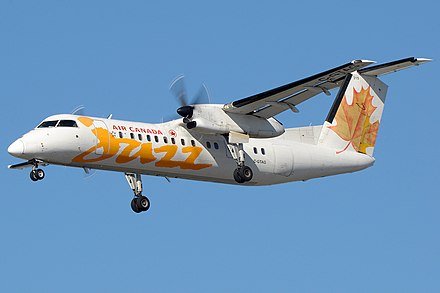
The -300 has a fuselage 3.43 m (11.3 ft) longer than the -100/200
The Series 300 introduced a longer airframe that was stretched 3.43 metres (11.3 ft) over the Series 100/200 and has a passenger capacity of 50–56. The Series 300 also used the Pratt & Whitney Canada PW123 engines. Rated engine power is between 2,380 shp (1,774 kW) and 2,500 shp (1,864 kW). Design service life is 80,000 flight cycles. Under an extended service program launched in 2017, the service life of Dash 8-300 is extended by 50 per cent, or approximately 15 years, to 120,000 flight cycles.[50]
DHC-8-301
1989 variant powered by two PW123 engines
DHC-8-311
1990 variant powered by two PW123A engines with revised Heath Tecna interior. In addition, the landing gear design changed to a slightly swept back design intended to prevent tail strikes.
DHC-8-314
1992 variant powered by two PW123B engines
DHC-8-315
1995 variant powered by two PW123E engines
DHC-8-300A
Version of the DHC-8-300 with increased payload.
Q300
Version of the DHC-8-300 with the ANVS (Active Noise and Vibration Suppression) system.
DHC-8-300 MSA
Upgraded variant with L-3 for maritime surveillance platform.
RO-6A
United States military designation for the DHC-8-315 for the United States Army as a reconnaissance platform.
C-147A
United States military designation for the DHC-8-315 for the United States Army as a jump platform
In 2000, its unit cost was US$14.3 million.
About 2024 Haneda Airport runway collision:
On 2 January 2024, a runway collision occurred between an Airbus A350, operating Japan Airlines Flight 516 (JAL516), and a De Havilland Canada Dash 8 operated by the Japan Coast Guard. While JAL516 was landing at Haneda Airport in Tokyo, Japan, it collided with the Coast Guard plane on the runway and both aircraft caught fire. Five of the six crew on board the Dash 8 died in the collision, with only the captain surviving. Everyone on board the A350 survived.
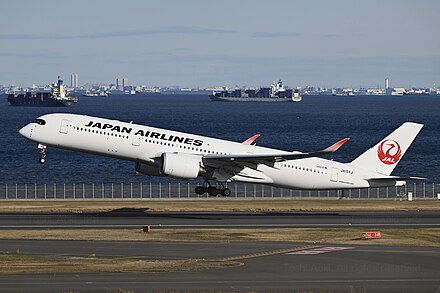
JA13XJ, the Japan Airlines Airbus A350 involved in the accident, pictured at Haneda Airport in December 2023
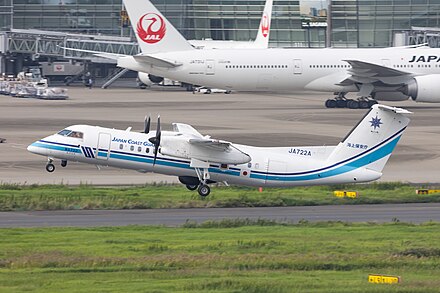
JA722A, the Japan Coast Guard Dash 8 involved in the accident, pictured at Haneda Airport in 2023
JAL516 was a scheduled passenger flight from New Chitose Airport near Sapporo, Japan, to Haneda Airport in Tokyo, and the Coast Guard plane was on a relief mission in response to the 2024 Noto earthquake which occurred the day before. The collision ignited fires that destroyed both aircraft. It was Japan Airlines' first major accident and hull loss since Flight 123 in 1985, and also the first hull loss of an Airbus A350.
The JAL aircraft involved in the accident was an Airbus A350-941, manufacturer serial number 538, and registered as JA13XJ. The aircraft was just over two years old at the time of the collision, first flying on 20 September 2021 and delivered to JAL on 10 November.
The Japan Coast Guard aircraft involved was a De Havilland Canada DHC-8-315Q MPA, manufacturer serial number 656, nicknamed Mizunagi-1 (Japanese: ????1?), and registered as JA722A. The aircraft was approximately 16 years old, first flying in November 2007, and acquired by the Coast Guard in March 2009. The aircraft had been damaged in the 2011 Tohoku earthquake and tsunami while parked at Sendai Airport, and was the only aircraft damaged there to be repaired afterwards. The Dash 8 was fitted with a Mode S-capable transponder but was reportedly not equipped with ADS-B; this meant the aircraft's position and speed were not reported by the aircraft itself and instead relied on multilateration by on-ground receivers.
Collision:

Airport layout with the location of the runway collision and the wreckage of both aircraft.
Coast Guard Plane
The Japan Coast Guard aircraft, carrying six crew members, was preparing to bring supplies to an airbase in Niigata in response to the 2024 Noto earthquake, which had occurred the day before. It was one of four aircraft deployed by the government to provide help to the affected areas.
The aircraft was reported to be stationary on the runway for around 40 seconds before the collision. The captain reported that the back of the aircraft suddenly caught fire shortly after he had increased the engine power before exploding following the collision. He survived with serious injuries, while the five remaining crew members were confirmed dead by the Tokyo Fire Department. The wreckage of the Coast Guard aircraft was left several hundred metres from the final stopping point of the JAL plane.
JAL Flight 516
Japan Airlines Flight 516 (ICAO flight number JAL516) departed New Chitose Airport at 16:27 JST (07:27 UTC) en route to Haneda Airport. The flight landed after dark with light and variable winds, visibility greater than 10 km (6.2 mi), few clouds at 2,000 feet (610 m), and a scattered cloud layer at 9,000 feet (2,700 m).
At approximately 17:47 JST (08:47 UTC), JAL516 collided with a Japan Coast Guard Dash 8, identified by its call sign and registration number JA722A, while landing on runway 34R at Haneda Airport. CCTV footage shows a fireball erupting from the aircraft, with the JAL plane leaving a fiery trail as it travelled down the runway for about 1 km (0.62 mi) before coming to a stop on the grass apron beside the runway. Smoke filled the A350's cabin quickly after the incident. Firefighters arrived at the scene in about three minutes, with about 70 fire trucks responding. According to the Tokyo Fire Department, the fire was largely extinguished shortly after midnight, by which time the plane's structure had collapsed due to the intensity of the flames. The collision and subsequent fire were captured by CCTV cameras in Terminal 2. After the collision, the ADS-B signals, except for position information, from the aircraft were received for about one minute.
According to a statement by a JAL spokesman, the three pilots felt a sudden shock immediately after landing and lost control of the aircraft while trying to maintain its course along the runway. They were unaware that a fire had broken out on board until they were informed by a cabin attendant that the left engine was on fire, and one of the pilots later said that he had seen an object that had caused him concern before the collision. However, the three pilots denied that they had visually confirmed the presence of the Coast Guard aircraft.
With the right engine still running, all 367 passengers and 12 crew members on board JAL516 evacuated through three of the plane's eight evacuation slides, located at doors 1L, 1R and 4L. JAL said the plane's in-flight announcement system had failed, leading the crew to give instructions through megaphones or by shouting. Forty-three foreign nationals and eight children were on board. Two pets, a dog and a cat, were checked in on board and died. Fourteen people on board suffered minor injuries, four of whom were taken to hospital. It was noted that no one exited with hand luggage, a factor that facilitated a smoother evacuation. Another factor cited in the survival of those on board was that the aircraft, one of the first commercial models to be made of composite carbon fibre materials, appeared to have withstood the initial impact of the collision and fire relatively well. The plane was fully evacuated at 18:05 JST (09:05 UTC), 18 minutes after landing; according to Japan's public broadcaster NHK, the captain was the last person to leave the plane.
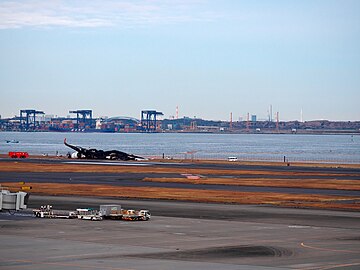
View of the area around the wreckage of JAL Flight 516. Some fallen debris can be seen in the right-most portion of the photo. (January 3, 2024)

The wreckage of the Coast Guard plane (January 3, 2024)
Aftermath:
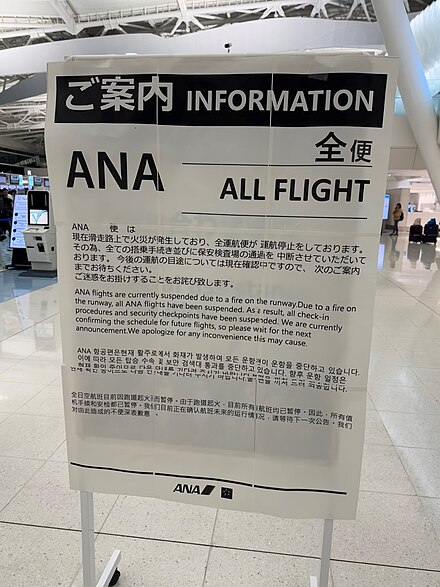
A sign indicating the suspension of ANA flights inside Terminal 2 of Haneda Airport
Operation at Haneda Airport
Although all passengers and crew on the Airbus A350 were evacuated with few minor injuries, the plane was damaged beyond repair, with JAL estimating the operational losses from its destruction at 15 billion yen ($105 million), which is set to be covered by insurance. The aircraft following immediately behind Flight 516—JAL166, a Boeing 737-800 approaching runway 34R—had to perform a go-around at 1,150 feet (350 m) before diverting to Narita International Airport. There were also several flights waiting for takeoff; most returned to the terminal after the runways were closed.
The incident occurred as millions were travelling for the New Year holidays, one of the busiest travel periods of the year. All runways at Haneda Airport were temporarily closed following the crash, and many flights were diverted to nearby Narita Airport, as well as Chubu Centrair International Airport and Kansai International Airport. Others were cancelled as the result of the crash, with All Nippon Airways registering 112 domestic flight cancellations for the rest of the day and JAL cancelling 116 domestic flights. At around 21:30 JST (12:30 UTC), Haneda Airport's remaining three runways were reopened according to the Ministry of Land, Infrastructure, Transport and Tourism (MLIT). Cancellations continued through 7 January, by which time at least 1,227 flights and 221,910 passengers had been affected. The incident reduced Haneda Airport's flight capacity to 70%. In response to these delays, JR group set up supplemental Shinkansen services on the Tokaido, Hokuriku, and Tohoku Shinkansen routes on 4 January out to Osaka, Kanazawa, and Hokkaido respectively. These extra services were offered without seat reservations.
Workers began clearing the wreckage of the Coast Guard aircraft on the afternoon of 4 January, followed by that of JAL 516 on the morning of 5 January. The clearance operations, which included restoring damaged sections of pavement on the runway, were completed on 7 January. The affected runway reopened to traffic on 8 January. Operations at the airport were expected to fully normalize on 10 January. Lighting damaged by the incident was also expected to be repaired by February 2024. The MLIT also warned of additional aircraft flying over Chiba Prefecture at low altitudes after the collision rendered low-altitude routes over central Tokyo unusable.
On 12 January, the Japan Coast Guard suspended personnel at the Haneda Air Station, which has jurisdiction over the coastal waters between Ibaraki and Shizuoka Prefectures, from operating the facility's two helicopters and three fixed-wing aircraft as part of efforts to ensure safety and psychological care to the staff, delegating the operation of the station's air assets to personnel from other coast guard facilities.
Government response
The Japanese government set up an information liaison office at the Crisis Management Center in the Prime Minister's Office. The Japan Transport Safety Board announced that a formal investigation would begin on 3 January.
Following reports that the air traffic controllers were unaware that the Coast Guard aircraft had entered the runway without clearance, the MLIT installed a new air traffic controller post on 6 January that would provide constant monitoring of aircraft at the airport. The use of the phrase "number 1" in air traffic control parlance was also prohibited after the investigation suggested that the usage of the term led the coast guard pilot to think he had clearance to enter the runway. Brighter colors for stop lines before runway entrances were also to be introduced in Haneda and other airports.
Commemarations
The remains of the fatalities aboard the coast guard aircraft were subjected to an autopsy before being returned to their families on 8 January. A tribute was held by their colleagues at the Japan Coast Guard base in Haneda.
JAL announced that it was considering to preserve the remains of Flight 516 to remind employees of the importance of prioritizing safety, similar to what it had done with the remains of Japan Air Lines Flight 123 which crashed in 1985.
On 17 January, both JAL president Yuji Akasaka and the head of the Japan Coast Guard Shohei Ishii apologized for their aircraft's involvement in the collision.
Investigation:
The Japan Transport Safety Board is the lead agency for the investigation. The French Bureau of Enquiry and Analysis for Civil Aviation Safety (BEA) announced on Twitter that they will be cooperating with Airbus during the investigation. It also added that it would send a team to Japan to investigate the incident, as part of their protocol for accidents involving an Airbus aircraft. UK investigators from the A350 engine manufacturer Rolls-Royce also planned to join them. The Transportation Safety Board of Canada, along with technical advisers from the Dash 8's manufacturer De Havilland Canada and engine manufacturer Pratt & Whitney Canada, announced they would also be taking part in the investigation. The United States' National Transportation Safety Board (NTSB) will also provide assistance in the investigation.
On 3 January, the MLIT released the transcript of air traffic control communication, covering the last 4 minutes and 27 seconds before the crash. It showed that prior to the accident, air traffic controllers cleared the JAL aircraft to land on runway 34R, while the Coast Guard aircraft was instructed to hold short of the runway at a holding point on taxiway C5. NHK, however, citing a source within the Coast Guard, reported that the pilot of the Coast Guard plane claimed to have received clearance to take off. Air traffic controllers later told MLIT officials that they had not noticed the Coast Guard plane moving onto the runway, adding that they were preoccupied with assisting other aircraft. An MLIT official said that the pilot of the Coast Guard aircraft may not have heard the air traffic control tower authorizing the JAL aircraft for landing as at the time, his radio could have been set on the same frequency as that of ground control. Another MLIT official also said that the Coast Guard was not informed of measures introduced by a government task force to prevent airport runway incursions following similar incidents in 2007. Japanese police were reportedly investigating possible professional negligence that may have caused the accident.
By 6 January, the flight data and cockpit voice recorders of both aircraft had been recovered.
Specifications
Spotlights
- Speedhunter one year ago
- Inuyasha8215 1.3 years ago
- SPairforce 1.2 years ago
- IdnManufacturer 1.2 years ago
- Pan 1.3 years ago
- YarisSedan 1.3 years ago
- CCCP0000001 1.3 years ago
- ChihiroFujisaki 1.2 years ago
- AircraftExperimental 27 days ago
General Characteristics
- Predecessor DHC-8-300 Japan Coast Guard
- Created On Android
- Wingspan 108.0ft (32.9m)
- Length 152.1ft (46.4m)
- Height 36.7ft (11.2m)
- Empty Weight N/A
- Loaded Weight 46,333lbs (21,016kg)
Performance
- Power/Weight Ratio 10.137
- Wing Loading 20.1lbs/ft2 (98.0kg/m2)
- Wing Area 2,307.8ft2 (214.4m2)
- Drag Points 9196
Parts
- Number of Parts 444
- Control Surfaces 9
- Performance Cost 2,479

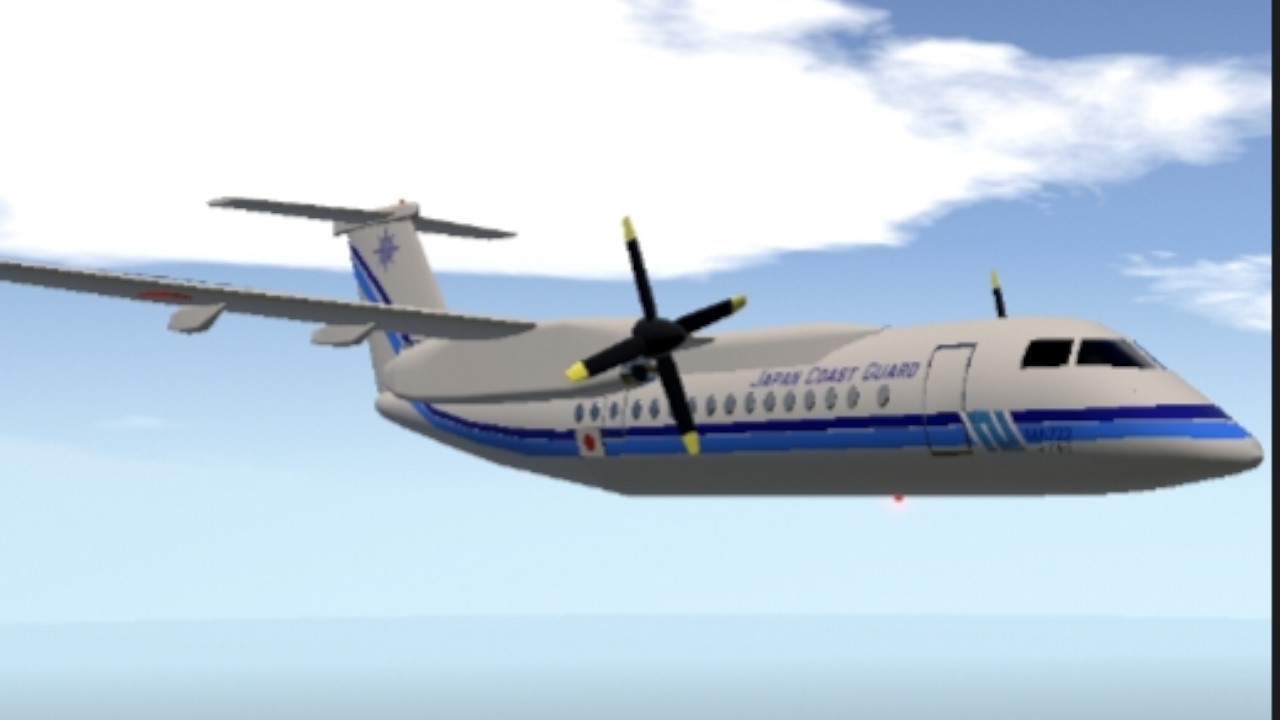
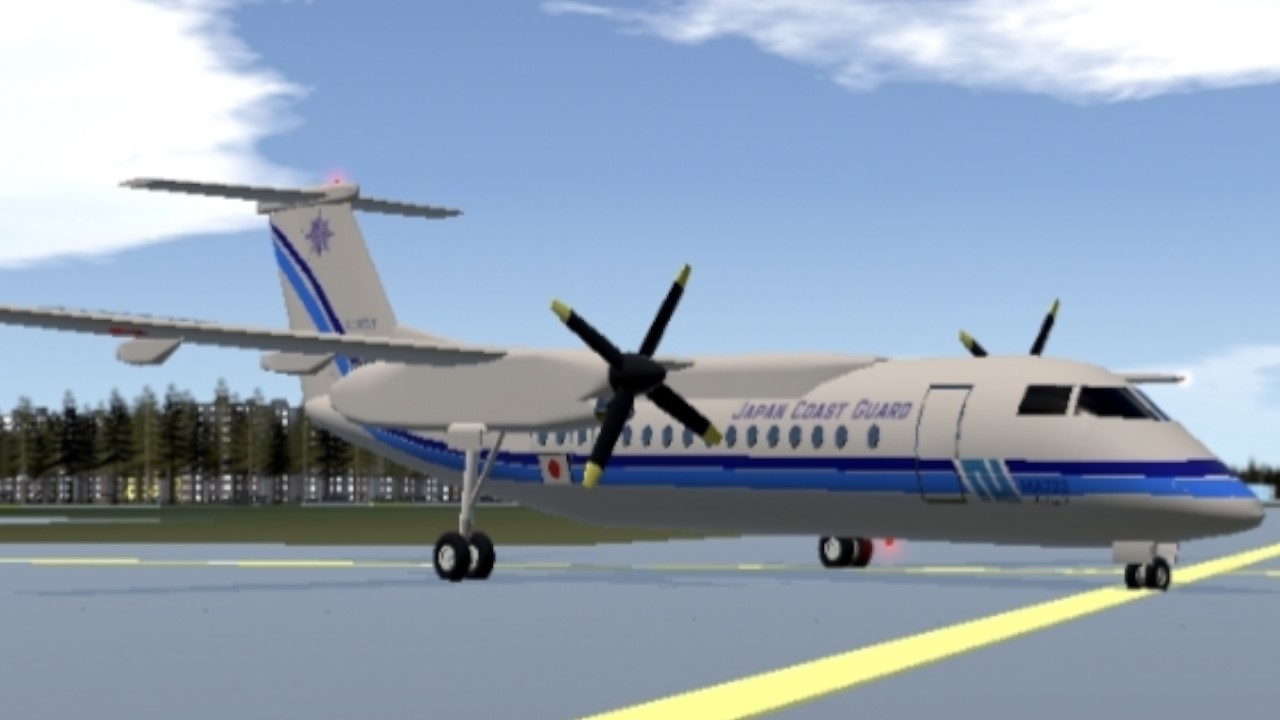
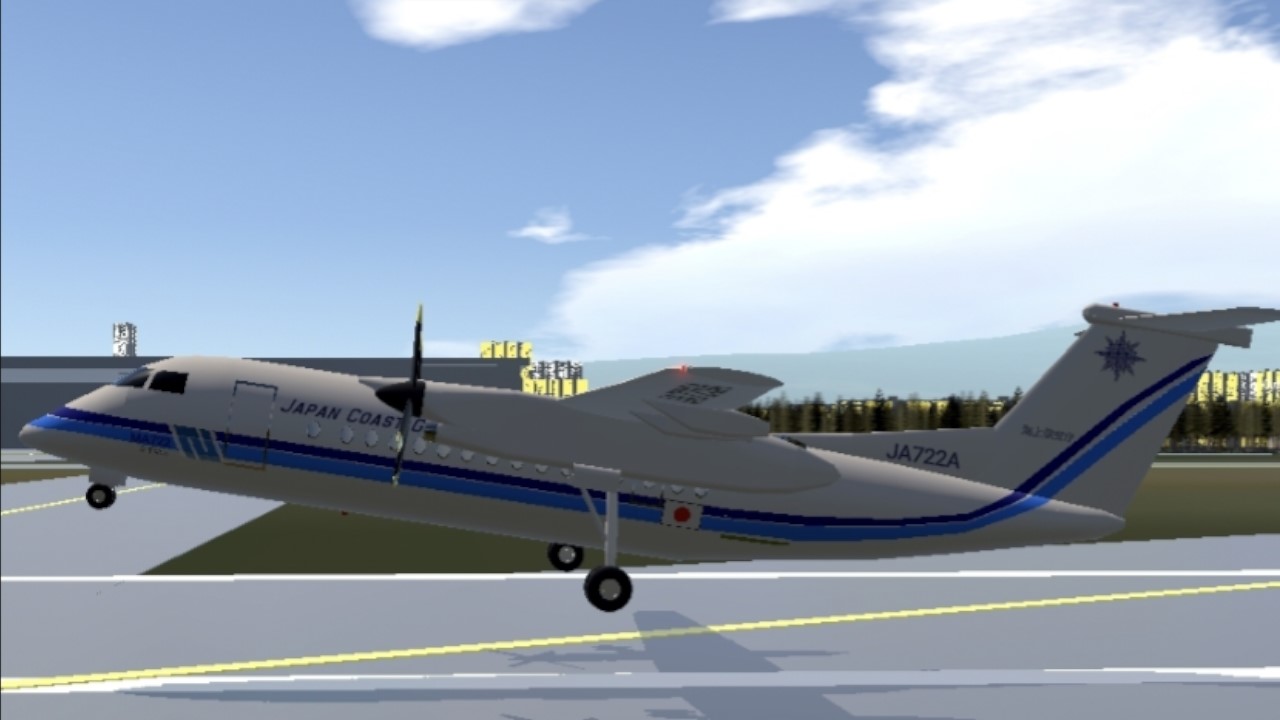
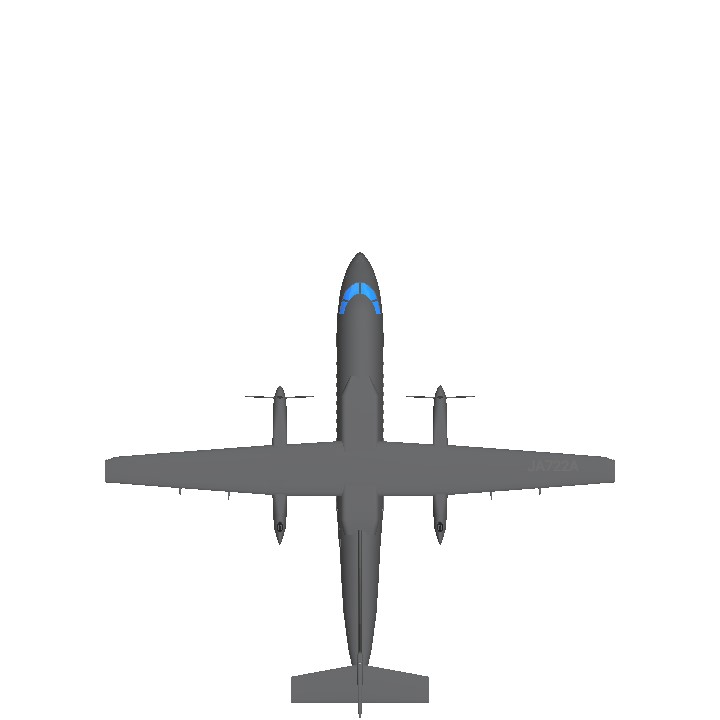
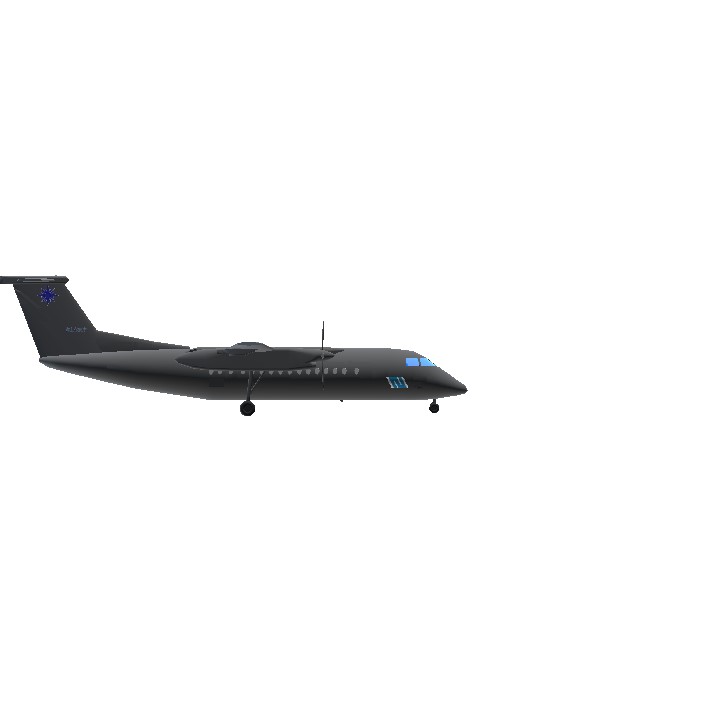
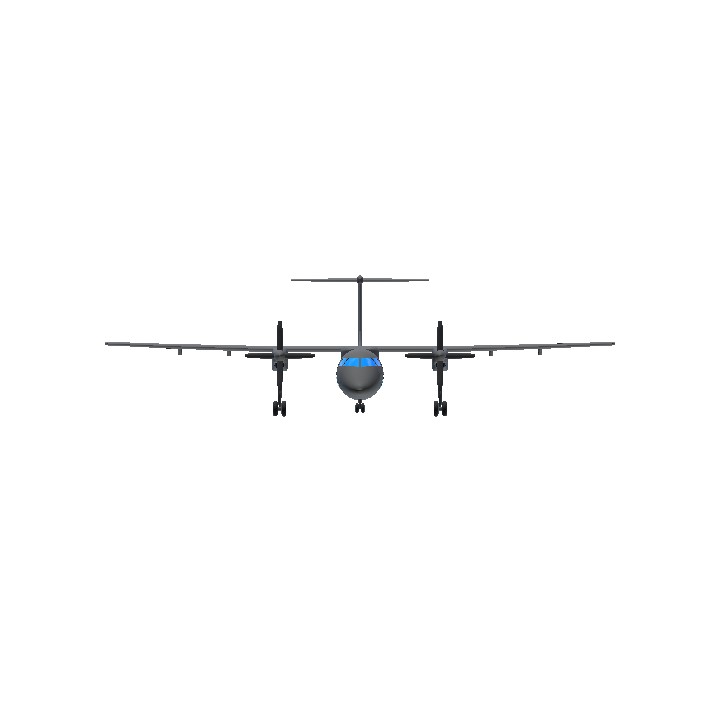
@Boeing727200F
@DatTrainGuy19
@PinnicaleAirlines3701
@AverageFedExMD11 wow that was in 2023
Time flies by fast
Why is it so indestructible?
Jal516…💀☠️💀☠️💀☠️💀☠️💀☠️💀
literally the same q300 that crashed in haneda
Boom Boom Plen😃
No Politics Please
why does the propellers spin so slowly?
@AeroflotBilibili Oh yeah sorry it's a typo lol, I meant to say 5 of them, not 6
@Indonesia001 We also express our condolences, but only five people died, and one person fortunately survived
@AF1 for mass pinging i think?
@AtlasAir747MyBeloved imagine getting banned twice, why did he get banned again tho?
Nice JCG Dash 8, RIP to those 5 coast guard crews inside it :(
so many recreations with this smh
@DJAirlines told ya
@AF1 alr alr
@DJAirlines nah don't be a creep, leave Pan alone
Go kill yourse- nvm
Hi @AF1 I'm gonna shoot ya ;) (not rlly)
@Inuyasha8215 you are based
and I forgor how many days I got banned 💀💀
and mah pfp is gone 💀
womp womp guess who's back now
@AverageFedExMD11 Based
@sharkpuppet808 im not doing requests.